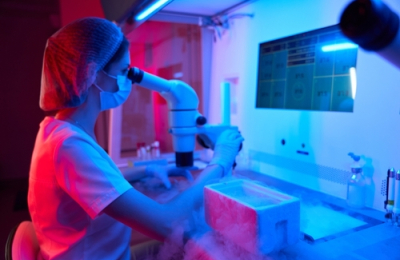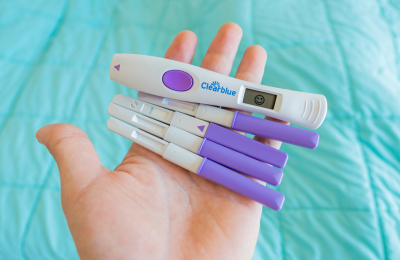
Home monitoring of ovulation prior to placing frozen embryos during an IVF process works just as well as hospital checks to determine the best time. In addition, it is more pleasant for women to undergo this in their own environment, and it places less burden on the hospital facilities. "Monitoring ovulation at home means a hospital visit once for the placement of these embryos instead of 3 to 4 times for hospital monitoring. This is more sustainable and reduces the cost of treatment by up to 80%," says Tijtske Zaat, researcher at Amsterdam UMC. The study was published today in The Lancet.
To optimise fertility treatments, researchers from Amsterdam UMC and the Jeroen Bosch hospital set up the Antarctica-2 study, using money from ZonMW, consisting of 23 hospitals in the Netherlands. This study looked at whether there was a difference in pregnancy chances between monitoring at home and monitoring at the hospital. A total of 1464 women participated in this study. 732 women underwent home monitoring of ovulation and the other 732 women had ovulation monitored in hospital. At home, monitoring consists of the monitoring of urinal hormone levels.
During IVF, placing embryos in the natural cycle is preferable. It is then unnecessary to treat women with medication for a long time, which is beneficial as medication increases the risk of complications in pregnancy. However, if there is no regular cycle, an artificial cycle is created using the aforementioned medication. In both cases monitoring is necessary to track ovulation.
Read more on: https://www.news-medical.net/news/20230830/Home-monitoring-of-ovulation-as-effective-as-hospital-checks-for-IVF.aspx








































































